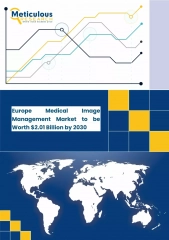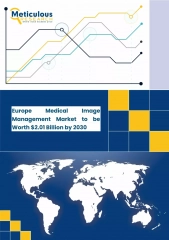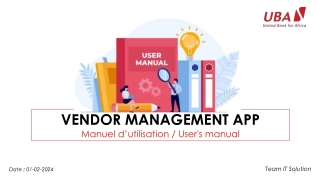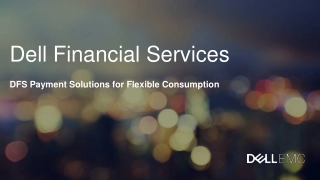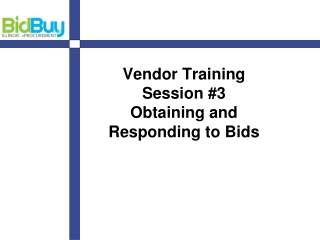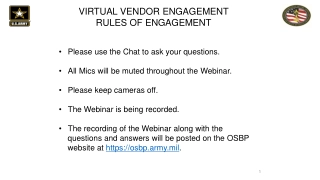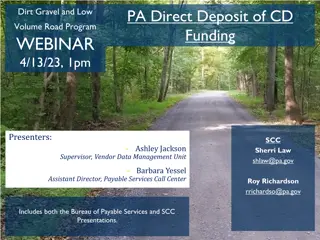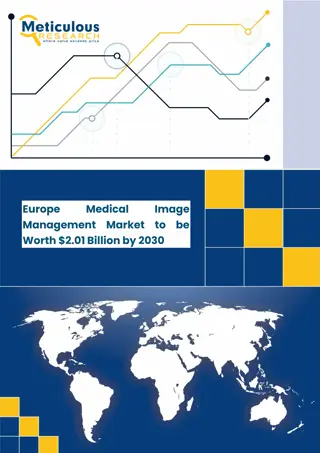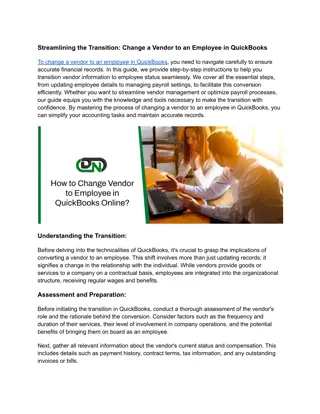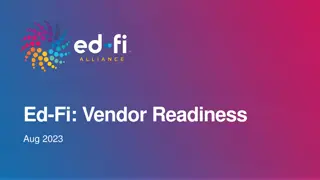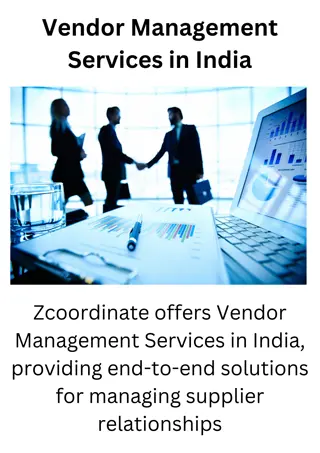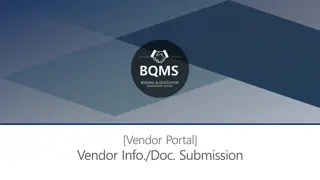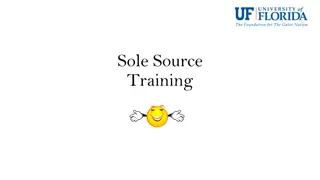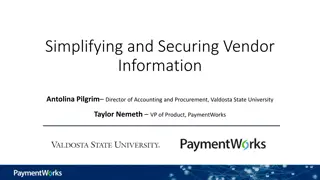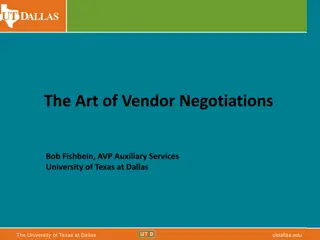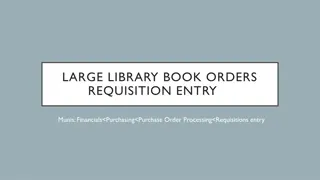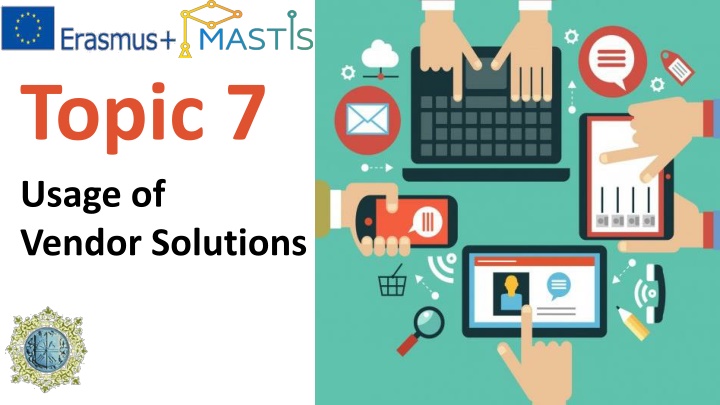
Strategies for Acquiring IT Applications: A Comprehensive Guide
Explore theoretical and practical components of leveraging vendor solutions for acquiring and managing Information Systems applications. Delve into IT planning, operational plans, evaluating IT investments, conducting cost-benefit analysis, and strategies for acquiring IT applications from external sources. Gain insights on choosing the best tools, analyzing licenses, justifying tool selection, and forming license lists. Discover essential considerations before selecting a strategy, such as code development, payment methods, application deployment, and origination. Learn about acquisition options, including purchasing prewritten applications, customizing, leasing, using service providers, open-source software, outsourcing, and custom development.
Download Presentation

Please find below an Image/Link to download the presentation.
The content on the website is provided AS IS for your information and personal use only. It may not be sold, licensed, or shared on other websites without obtaining consent from the author. If you encounter any issues during the download, it is possible that the publisher has removed the file from their server.
You are allowed to download the files provided on this website for personal or commercial use, subject to the condition that they are used lawfully. All files are the property of their respective owners.
The content on the website is provided AS IS for your information and personal use only. It may not be sold, licensed, or shared on other websites without obtaining consent from the author.
E N D
Presentation Transcript
Erasmus+ Topic 7 Usage of Vendor Solutions
Theoretical component content Acquiring IS Applications from the Market Software license policies and procedures Management of external systems development resources
Practical component Choose the best tools for your IS. Analyze their licenses. Justify the use of the selected tools. Are they suitable for your system? Form a list of licenses for each tool that you use in your IS.
IT planing Erasmus+
IS Operational Plan Contains the following elements: IT Objectives of the IT function Mission environment Resource allocation and project management Constraints of the IT function Application portfolio
Evaluating & Justifying IT Investment: Benefits, Costs & Issues Assessing the costs Fixed costs Total cost of ownership (TCO) Assessing the benefits (Values) Intangible benefits Benefits from IT that may be very desirable but difficult to place an accurate monetary value on. Comparing the two
Conducting the Cost-Benefit Analysis Using Net Present Value (NPV) Return on investment Breakeven analysis The business case approach
Strategies for Acquiring IT Applications Four fundamental business decisions to make before choosing a strategy: 2 1 3 4 How much computer code does the company want to write? How will the company pay for the application? Where will the application run? Where will the application originate?
Acquisition from external sources: Purchase a prewritten application. Introduction to Information Systems Supporting and Transforming Business Fifth Edition R. Kelly Rainer Jr., Brad Prince, Casey Cegielski Customize a prewritten application. Lease the application. Use application service providers and software-as-a-service vendors. Use open-source software. Use outsourcing. ISBN 978-1-118-77964-4 Employ custom development.
Application Service Providers and Software-as-a-Service Vendors
Alternative Methods and Tools for Systems Development Joint application design (JAD) Rapid application development (RAD) Agile development End-user development
Discuss the different cost/benefit analyses The net present value (NPV) method Return on investment (ROI) Breakeven analysis Business case approach
Vendor & Software Selection Identify potential vendors. Step 1 Determine the evaluation criteria. Step 2 Request for proposal (RFP) Evaluate vendors and packages. Step 3 Choose the vendor and package. Step 4 Negotiate a contract. Step 5 Establish a service level agreement. Step 6
Discussion Questions Discuss the advantages of a lease option over a buy option Q1 Why is it important for all business managers to under- stand the issues of IT resource acquisition? Q2 Why is it important for everyone in business organizations to have a basic understanding of the systems development process? Q3 Should prototyping be used on every systems development project? Why or why not? Q4 Discuss the various types of feasibility studies. Why are they all needed? Q5 Discuss the issue of assessing intangible benei ts and the proposed solutions. Q6

